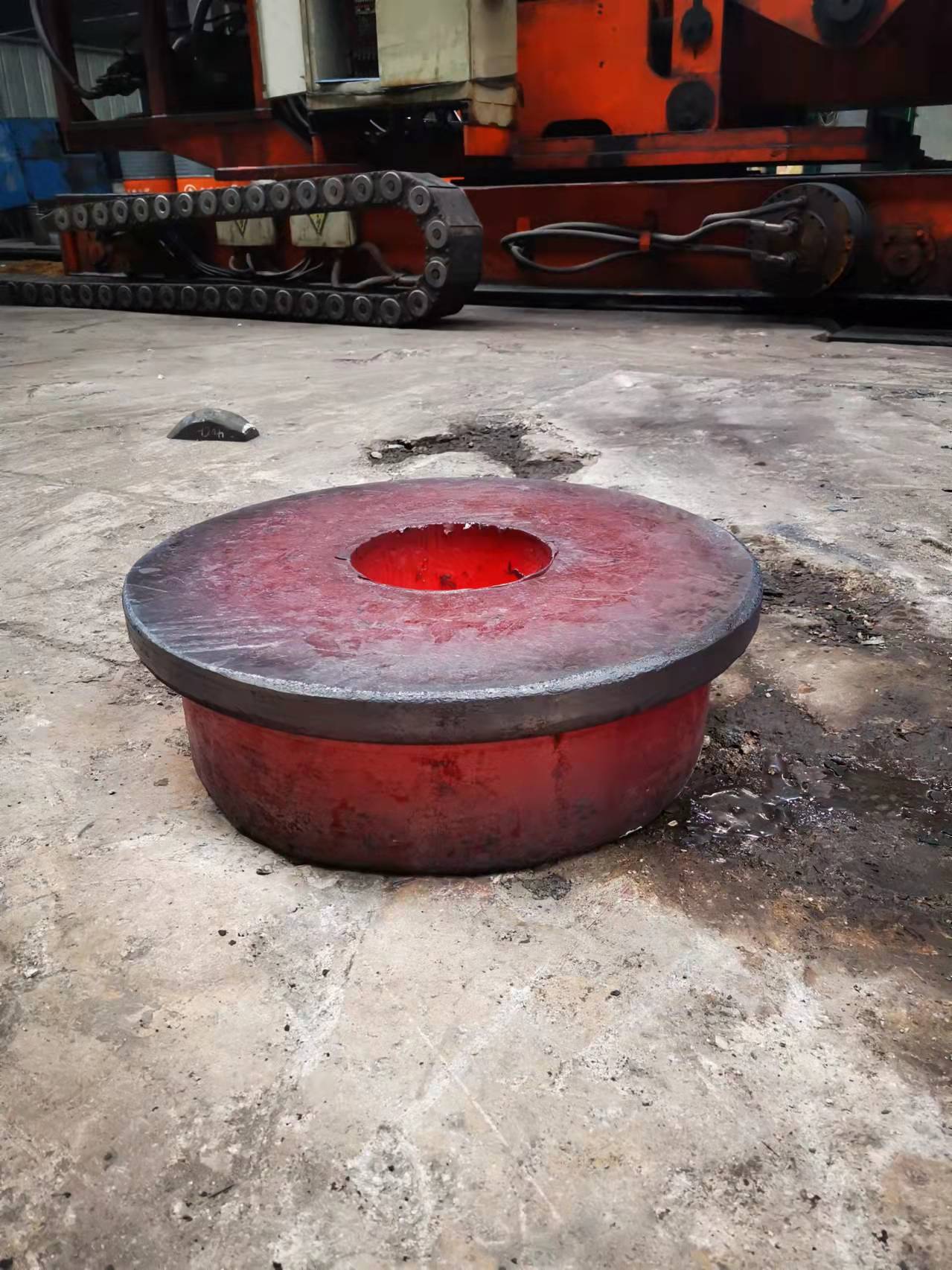Method of waste heat treatment for forging works
2022-07-11
There are four common treatment methods of forging waste heat in forging works: forging waste heat quenching, forging waste heat tempering, forging waste heat normalizing and forging waste heat annealing.
Waste heat quenching of forging:
The forging process produces deformation, the end of the forging, according to the different material pre-cooling or isothermal to the temperature we need after the cooling method using water or oil rapid cooling, forgings get quenching martensite based on the organization, is the waste heat quenching.
Forging waste heat conditioning:
Forgings factory will forgings into the furnace to heat to the forging temperature, after heat preservation for forging, after the end of the forging, according to the different material pre-cooling or isothermal to the quenching temperature we need, select the corresponding quenching medium for quenching cooling, to obtain the quenching martensite based on the structure. Then we temper it at high temperature to get the mechanical properties we need. Compared with conventional quenching and tempering, waste heat quenching and tempering of forgings can improve tensile strength, yield strength, impact fatigue resistance, plasticity and fracture toughness, and reduce temper brittleness and cost of alloy structural steel.
Forging waste heat normalizing:
The forging process produces deformation, the final forging end, according to different materials pre-cooling or isothermal to the temperature we need to choose in the air cooling, soxaustenite based on the organization, is waste heat normalizing.
Waste heat annealing for forging:
Waste heat quenching of forging:
The forging process produces deformation, the end of the forging, according to the different material pre-cooling or isothermal to the temperature we need after the cooling method using water or oil rapid cooling, forgings get quenching martensite based on the organization, is the waste heat quenching.
Forging waste heat conditioning:
Forgings factory will forgings into the furnace to heat to the forging temperature, after heat preservation for forging, after the end of the forging, according to the different material pre-cooling or isothermal to the quenching temperature we need, select the corresponding quenching medium for quenching cooling, to obtain the quenching martensite based on the structure. Then we temper it at high temperature to get the mechanical properties we need. Compared with conventional quenching and tempering, waste heat quenching and tempering of forgings can improve tensile strength, yield strength, impact fatigue resistance, plasticity and fracture toughness, and reduce temper brittleness and cost of alloy structural steel.
Forging waste heat normalizing:
The forging process produces deformation, the final forging end, according to different materials pre-cooling or isothermal to the temperature we need to choose in the air cooling, soxaustenite based on the organization, is waste heat normalizing.
Waste heat annealing for forging:
The forging process produces deformation, the end of the forging, according to different materials pre-cooling or isothermal to the temperature we need to choose in the furnace or slow cooling pit cooling, get in the ferrite matrix distributed in the flake or spherical carbide-based organization, is waste heat annealing.

X
We use cookies to offer you a better browsing experience, analyze site traffic and personalize content. By using this site, you agree to our use of cookies.
Privacy Policy



